5. Woody Allen
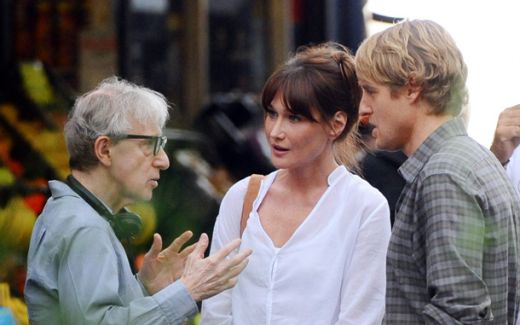
Having directed 46 films and counting, Woody Allen is certainly prolific in his filmmaking. Such a turnover of films makes it all the more remarkable that, regardless of their individual merits, Allen’s idiosyncratic stamp is on all of them.
Originating from the world of stand-up comedy, Allen’s films are fundamentally offbeat, intellectual comedies. The terrain on which Allen usually bases his films; dysfunctional relationships, individual neuroticism, can regularly be traced back to the artistic sensibilities of Allen himself. Importantly, his films are carried through the filmmaking process with great control, as Allen is often the director, writer and protagonist.
Even when he has not starred in his own films, Allen usually has employed other actors to act as an ‘Allen-surrogate’. In more recent years, Larry David, Owen Wilson and John Cusack have attempted to fill Allen’s shoes as an actor to varying degrees of success. Nonetheless, his creative devotion to churning out misanthropic, supercilious and high-minded protagonists has not withered.
Allen’s films, akin to Scorsese’s, are usually set in New York City (the respective New York’s depicted, however, are vastly different). Allen makes use of New York as an upper-middle class city, which acts as fertile ground for finding and losing love, the subversion of social convention and the fragility of human existence.
Alongside his frequent collaborators, cinematographers Gordon Willis and Carlo Di Palma, New York is depicted as vivacious, pristine and above all, beautiful. With great contrast, Allen complicates the core nature of his films by examining, and also deriding, the fraught nature of human relationships.
Allen’s incisive brand of comedy and drama have distinguished his films from those genres. In other words, his films transcends the genres into which they would otherwise fit. Instead, some films are in fact characterized as “Allenian”. Noah Baumbach’s films, especially Frances Ha, have been strongly linked with Allen’s work; thus almost creating a sub-genre in the comedy and drama genres.
Perhaps in an over-simplistic way, Woody Allen’s films are about humorously pointing out the tension between life and death.
4. Paul Thomas Anderson
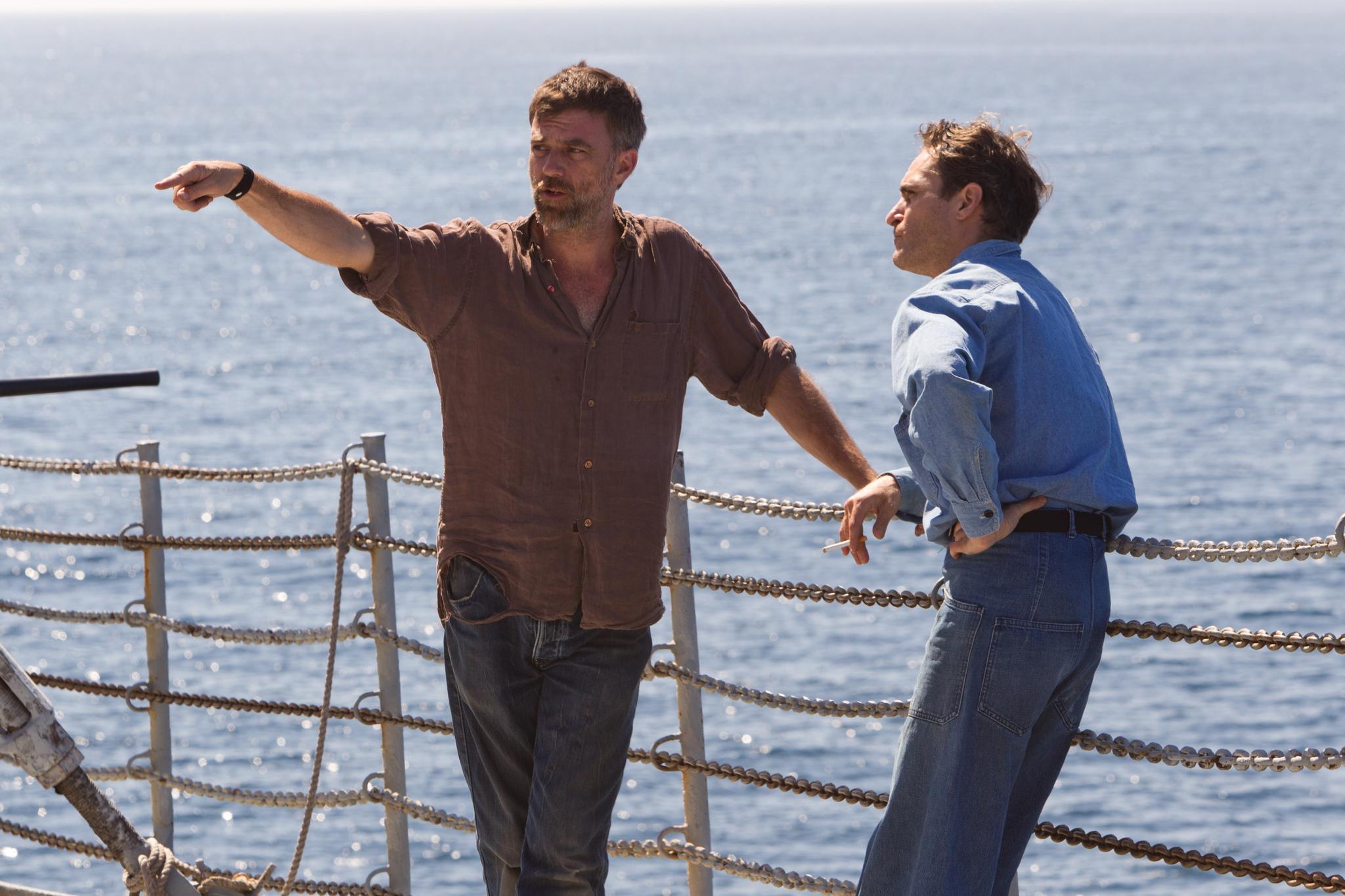
Paul Thomas Anderson (PTA) famously dropped out of NYU film school because it was a “con”. Instead, he gained his education by watching films he liked, and drawing upon them in his own work.
The influence of Kubrick’s long takes, Scorsese’s penetrating use of soundtrack and Welles’s grandiose yet flawed characters are evident in most of 7 films. The manner in which PTA melds these elements together renders his films utterly original and fresh. PTA’s films fundamentally require the audience to significantly probe beneath the surface to be exposed to the awesomely intricate experience he has constructed (The Master, Magnolia, Inherent Vice).
The first thing about PTA’s films that are recognisable is the stark yet poetic presentation of the image. This is largely courtesy of the richness of colour and the light and shadow he so delicately applies, as well as the 35mm film he often shoots with (The Master, Inherent Vice). Aside from the visual aesthetics PTA exploits, his use of cinematography is not merely for show.
The familiar long takes, the urgent and purposeful camera movement and frequent long shots never fail to illuminate and explore the complex, human characters PTA constantly gives his audience. In his subversive romance comedy, Punch Drunk Love (2002), the long takes focusing on Barry (Adam Sandler) manage to viscerally reveal his inner torment and dissatisfaction with the trajectory of his meandering life.
PTA’s films usually have a long runtime, in excess of 120 minutes. Rather than having focus on epic narratives, PTA dedicates much of the running time of his films to the characters he has created. The characters in Boogie Nights, There Will Be Blood and the Master are responsible for driving the narrative forwards.
There Will Be Blood’s (2007) Daniel Plainview is not constrained by narrative. He is the narrative. The sacrifice of story for characterisation invariably has pays off; for the brutal and misanthropic conclusion of There Will Be Blood is one of the more memorable moments of 21st century cinema.
3. David Lynch
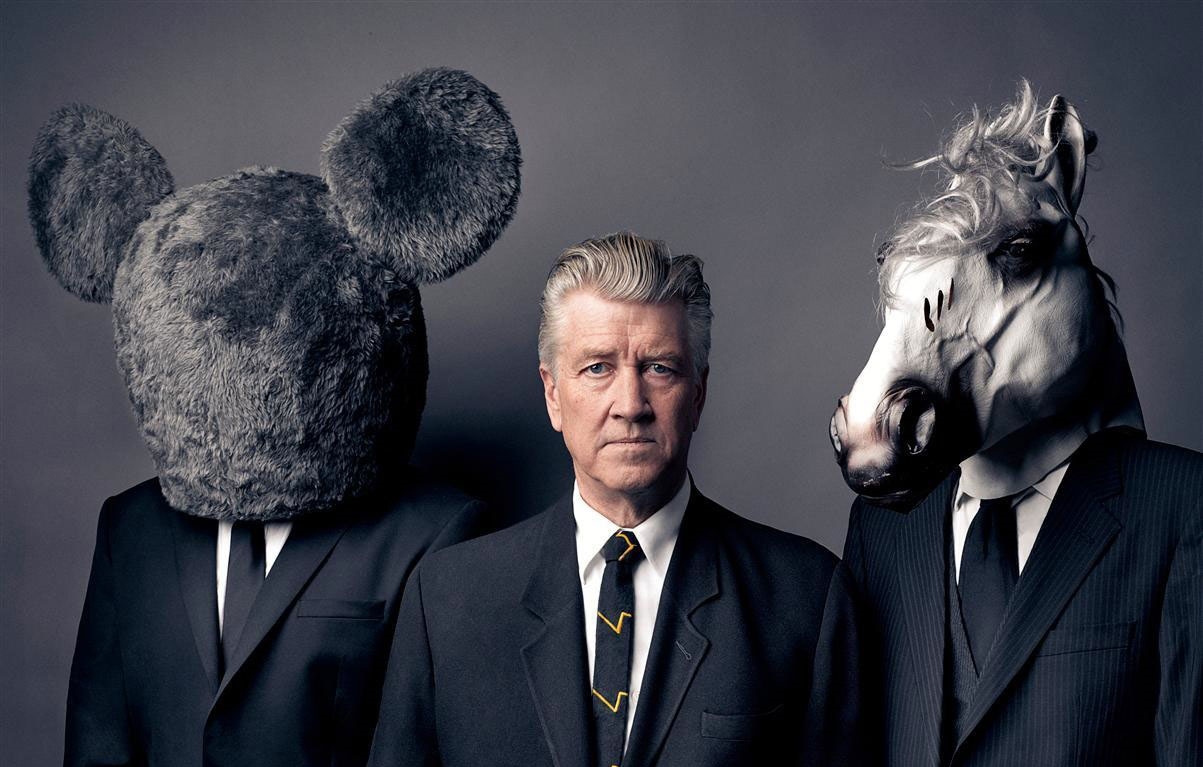
Perhaps Lynch’s directorial inclinations need not be discussed. The man loves to make mind-bending, non-linear films that challenge conventional ideas of narrative.
David Lynch is styled as an eccentric figure. His haircut is one-of-a-kind. More importantly, so are his films. Bringing surrealism into the mainstream, Lynch is seamlessly able to rearrange his audience’s expectations, as well as confuse them through entangled courses of storytelling. Lynch’s most impenetrable films include Mulholland Drive (2001), Lost Highway (1997) and Eraserhead (1977).
The methods through which Lynch convolutes his films vary. He has used different actors to play the same character, introduced incongruous, surrealist characters, flip the chronology of the story and ended his films on ambiguous terms. For the first two films mentioned, there is no general consensus on what constitutes the true events and ending of them.
Lynch himself has refused to clarify the meaning of his films, preferring that his audience interpret it as they would. In this way, Lynch is very much a postmodern director.
Lynch’s films are strictly not about glamourizing life. Rather, they advert to the underbelly of life. Eraserhead deals with the complications and breakdown of family. Blue Velvet (1986) addresses repressed sexuality, forced into invisibility by American middle-class propriety.
Lost Highway perhaps deals with the egomaniacal nature of conventional masculinity, while Mulholland Drive also arguably presents the search for stardom as an ugly undertaking. The pattern that runs through the ethic of these films is seemingly against the grain of popular views held by society. Thus, the scrambled and sometimes incoherent narrative structure employed by Lynch reflects the truly strange and unpredictable way of the world.
Furthermore, the dark aesthetic of Lynch’s films are an important feature. Reflecting the thematic and narrative concerns already explored, the visual style of these films additionally generates genuine atmosphere. This is largely done through the use of contrasting colors; inevitably conspicuous in the black-and-white the Elephant Man (1980).
2. Francis Ford Coppola
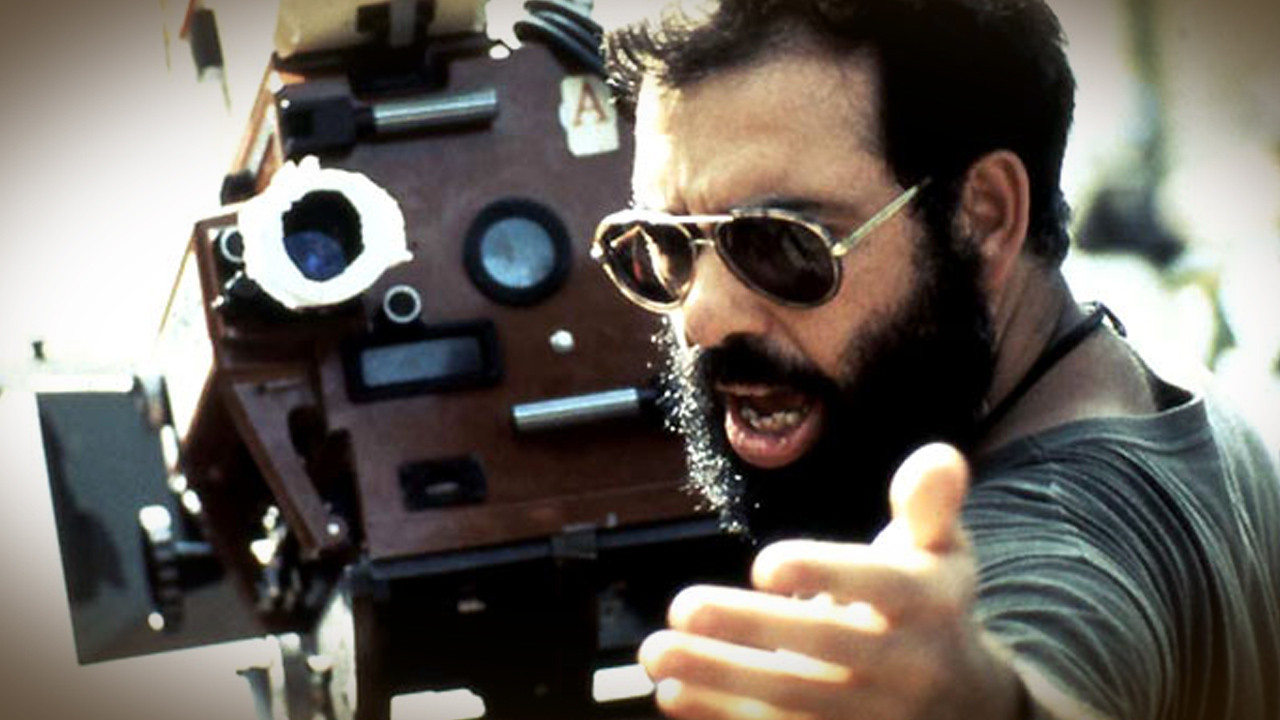
A powerful force bustling for cinematic pre-eminence during the American New Wave Period, audiences cannot complain that Coppola’s films are quaint. His most successful films are undeniably grand in scale, which create an immerse film experience (for the purposes of this list, let’s steer clear of his less acclaimed films).
Despite significant pressure to conform to the expectations of Paramount, Coppola seized creative control of the Godfather (1972). His many arguments with the studio, the most prominent of which was over the casting of Marlon Brando as Vito Corleone, were won. This is especially remarkable in that Coppola was behind Sergio Leone, Peter Bogdanovich and Otto Preminger on the list to actually direct the film. In the realisation of the film, Coppola established his name as a self-autonomous director.
One of the most important elements of Coppola’s directorial authority is the spectacular way he manipulates lighting. The deep masking blackness and shadows that so often consume the frames of his films (the Godfather, Apocalypse Now, the Conversation, Dracula) so consistently feature to embellish both the aesthetic and narrative development through a visual lens.
For example, the low-key, noir-like lighting that pervades the Godfather’s private room seemingly romanticises the power of the mafia in 1940s America, as well as aggrandising Vito Corleone by way of isolating him in centre of the frames in which he is present.
Likewise, Brando’s Colonel Kurtz in Apocalypse Now (1979) is wrapped in darkness. The uncertainty and tension that arise from Brando’s scenes in Apocalypse Now are largely facilitated through the masterful handle Coppola has over the lighting of his film. Perhaps, at the same time, some credit should be apportioned to Brando’s performance.
Coppola’s films, though epics in many ways, examine the personal problems and dilemmas faced by the protagonists/anti-heroes depicted in his films. The Godfather Part 1 and 2, The Conversation (1974), The Outsiders, The Rainmaker and Apocalypse Now deal with heavy themes of family, mortality, paranoia, the futility of violence and masculinity.
However, the essence of these particular films are the profound journey on which the protagonist/anti—hero is taken. Coppola’s films inextricably revolve around this one essential character.
1. Martin Scorsese
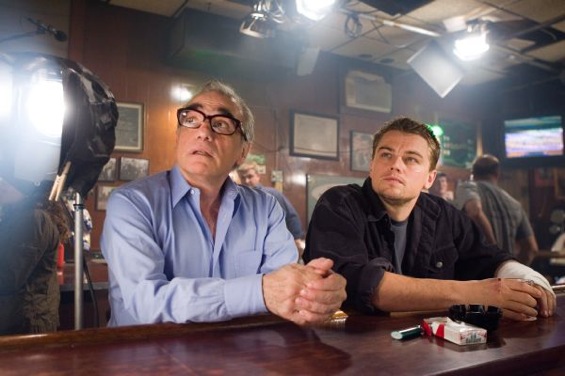
Martin Scorsese is a veritable cinephile. His refreshing change of tone in the 2011 film “Hugo” could have only been made by a man besotted by the medium.
It is clear (if not because he has said so in interviews) that film is Scorsese’s vehicle through which to explore his influential experiences as a young man in New York’s Little Italy. You can bet that in any Scorsese film, it will either feature New York, Italian Americans, Robert De Niro, or dramatized crime.
Perhaps Scorsese’s first major film, Mean Streets (1973), best illustrates his trademark as a filmmaker. Played against (you guessed it) a gritty, grimy New York landscape, Mean Streets confronts issues of Italian-American trust, brotherhood and faith. The way that he manages to balance the personal with the sordid yet compelling allure of criminal life in Mean Streets, but also in Goodfellas (1990) and the Departed (2006), is what makes Scorsese an illuminating auteur.
The patterns in Scorsese’s film do not stop at setting and themes. They deal primarily with hyper-masculine males, many of whom have been played by Robert De Niro. The collaboration between these two filmic masters is the most distinctive in cinema history.
The use of De Niro in Mean Streets, Taxi Driver (1976), the King of Comedy (1982), Raging Bull (1980), Goodfellas et al has ensured that Scorsese’s direction and production is enlivened in the frame. More recently, Leonardo DiCaprio has taken up this mantle in the Departed, the Aviator (2004) and the Wolf of Wall Street (2013).
An often neglected part of Scorsese’s genius relates to his command over the soundtracks in his films. The thunderous appearances of Rolling Stone’s songs in Scorsese’s films, particularly Gimme Shelter in Goodfellas, renders a great scene an unforgettable one.
Similarly, in Mean Streets, Rolling Stones music succeeds in engaging the audience at an audio-visual level, making his films a holistic experience. The fact that Scorsese himself has selected and curated the soundtracks to his own films reflect the degree to which they are under his complete control.
Author Bio: Nick is a uni student with more interest in film than the subjects he is studying. He is waiting for a reunion between De Niro and Scorsese.